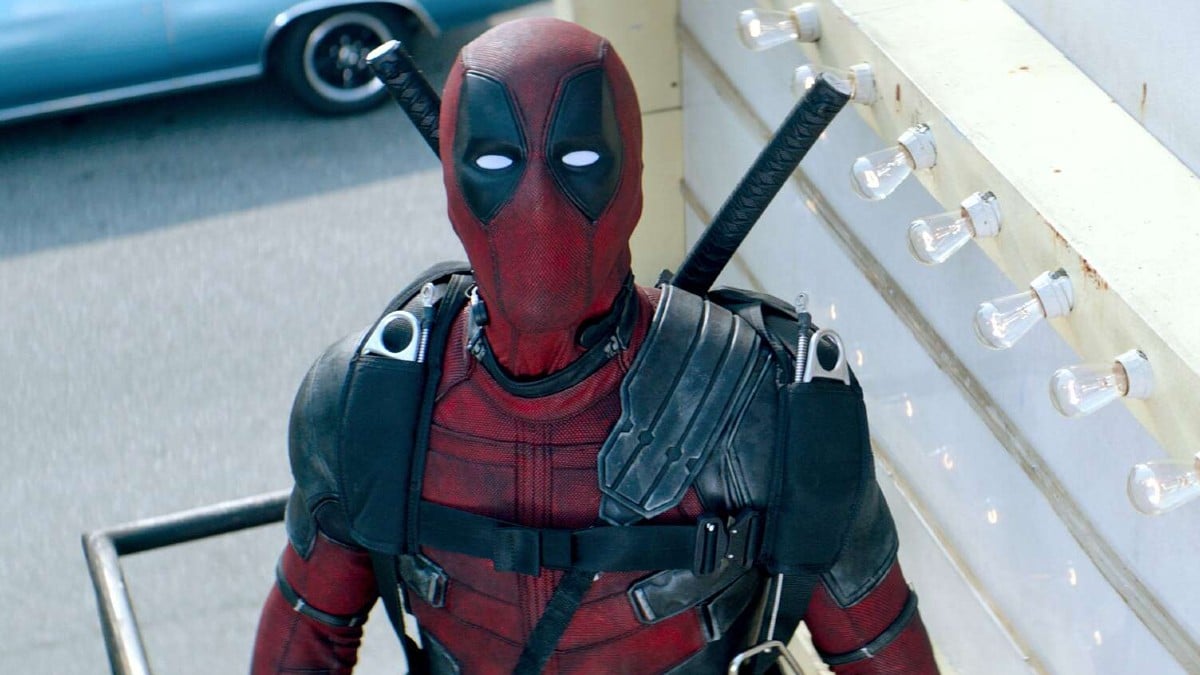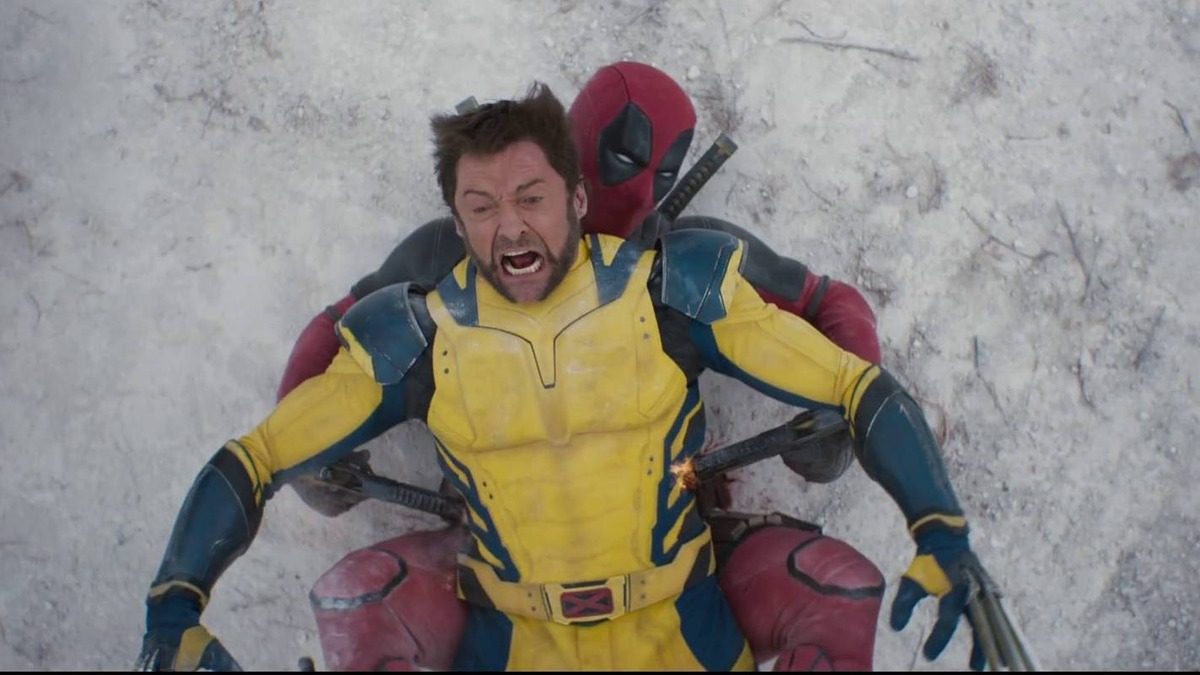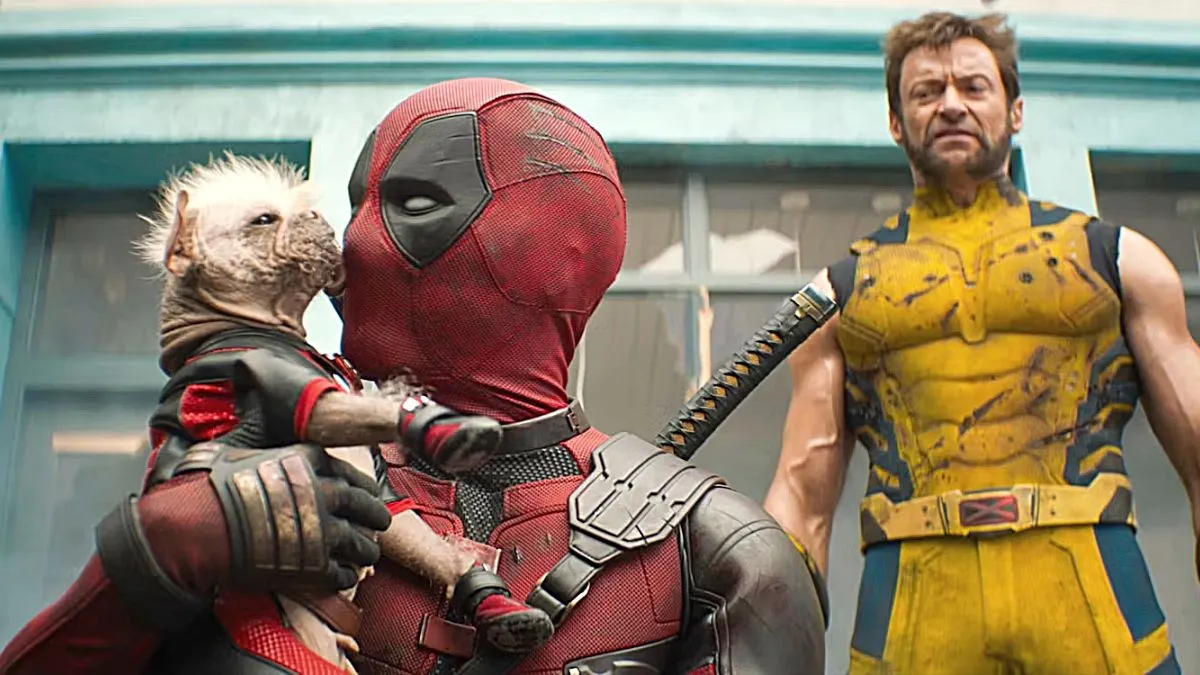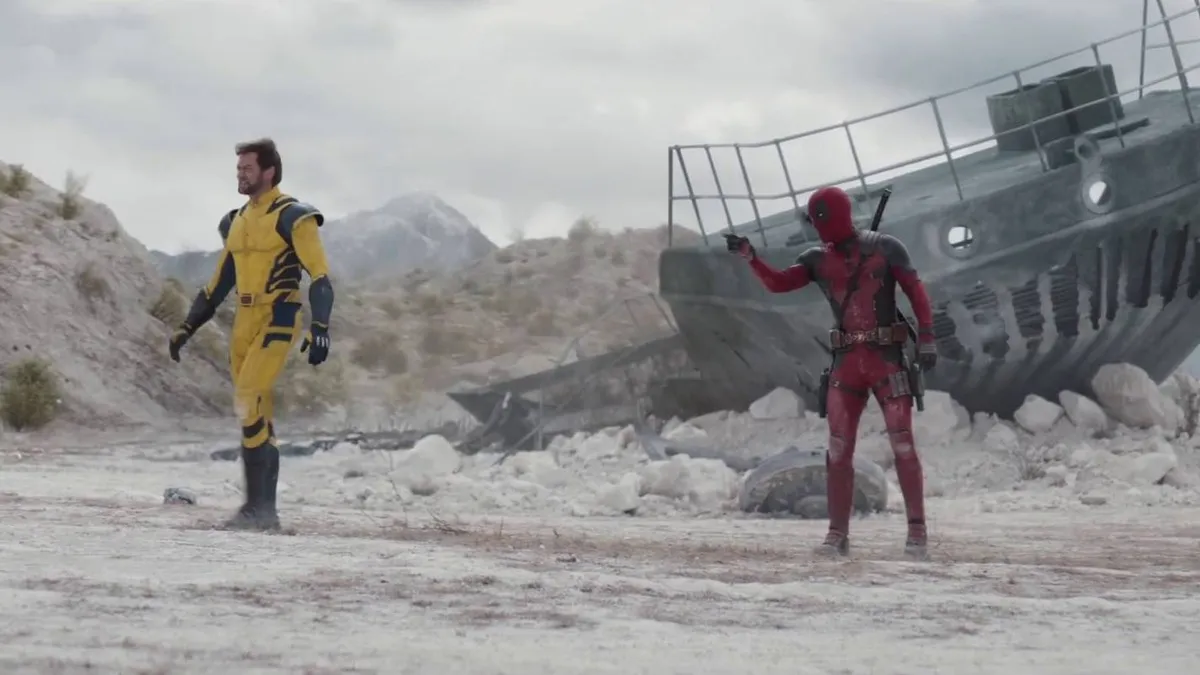
The incredibly and increasingly diverse filmography of Wes Anderson continues to grow with Isle of Dogs. This ode to canines proves Anderson can still dig up the most original of stories and present them in the most charming and somehow, recognizable of ways; for the only things that could possibly connect a womanizing concierge, a love-struck boy scout, and a disillusioned oceanographer to one another are an innovative mind, and an equally inventive creator who knows just how to use it.
The story here is set in the near future of Japanese city Megasaki, though its origins can be traced back centuries to the time the dogs ruled the land. A war amongst the four-legged creatures and the vile Kobayashi regimen – composed entirely of cat lovers – ended with a draw, of sorts, which left the two parties on good enough terms to live amongst each other. At least, for a while.
Flash forward to a little past present day: Mayor Kobayashi, the most recent descendant of these dog-loathing people, having advertised “Dog Flu” and “Snout Fever” as impeding threats to the human species, has ordered the removal of all hounds, exiling them via gondola overseas and plopping them down onto Trash Island. It’s a wasteland that looks as if it were constructed by one of those garbage compactor bots from WALL-E. Here, the infected dogs are left to fend for themselves and face almost certain death. But Kobayashi’s 12-year-old ward Atari (Koyu Rankin), whose parents were killed in a tragic accident, steals an airplane and flies to the island in search of his beloved guard-dog, Spots (Liev Schreiber).

The little pilot’s subsequent landing is observed and investigated by a band of merry and murky mutts made up of several Wes Anderson partisans, including Edward Norton as Rex, the pack’s recurrently self-appointed leader; Bill Murray as Boss, a former baseball team mascot; Jeff Goldblum as the proud gossip Duke; and Bob Balaban as King, who was once a model for a dog treat company. Accompanying them is another impressively star-studded cast that now seems to be the norm for all Anderson pictures, including Scarlett Johansson, Harvey Keitel, F. Murray Abraham, and even Yoko Ono. But the real dog-in-charge here is Chief (Bryan Cranston), a stray who bites.
Anderson and his team of animators have made these group of dogs look scuffled and miserable. These once man’s best friends are bloodied, scratched, and battered; and they growl, sneeze, and howl, surely a combination of the numerous brawls that break out during their journey and the “dog flu” that got them there. We aren’t sure if Chief always looked like this, but even though every dog in Japan is casted out onto this island with seemingly no hopes of returning to the lives they once knew, the rogue Chief still faces criticism for being a stray. On this trash-filled island of misfit canines, Chief is treated the most like garbage.
However, with rumors acting as their main source of information, quarrels that take place in dust clouds, and constant exhibits of democratic voting, there’s something incredibly appealing about these mutts. Though I’m afraid the obvious whitewashing of what, in theory, are Japanese animals may be part of the cause.
Having Atari’s flight be the closest any of them have seen to a rescue attempt, most of the pooches are eager to help the young boy find his pet. That is, with the exception of Chief, who does not believe in masters – his one experience at an indoor life ended with a quick eviction. An intimate conversation with Nutmeg (Johansson), a one-time show dog, however, makes him reconsider. “He’s a 12-year-old boy,” she responds to his hesitance, “dogs love those.” And off the scrappy-looking bunch goes on an odyssey across Trash Island to find Spots.

Though Atari’s quest may be the only liberation attempt the dogs themselves know of, there are a few individuals inland also opposed to Kobayashi’s resolution to the so-called Canine Saturation Crisis. Perhaps the government’s most powerful foes are Professor Watanabe, who claims he can cure Dog Flu if given enough time and delivers his political speeches through haikus, and the young Tracy Walker (Lady Bird writer/director Greta Gerwig), an American exchange student whose affection for dogs motivates her to lead a journalistic assault on Kobayashi’s crusades. However, neither are allotted much power to carry out their missions in this near dictatorship.
It’s now appropriate to mention Anderson’s seemingly invasive and discourteous outlook on Japanese culture, which has already garnered attention and will certainly attract more as the feature moves into wide release. Though the director takes inspiration from legendary filmmaker Akira Kurosawa, with political advisees made to look like Frankenstein’s monster and a generally obnoxious and ignorant atmosphere from the public (who are not given subtitles, by the way; their baffling is translated mostly in a sideline commentary by Frances McDormand), Isle of Dogs seems to move off track at times, attacking Japan rather than its fictional leaders and cat lovers. However, redemption seeks the blind followers as it becomes clear that Megasaki’s citizens were reformed into their careless lemming state by a brigade of false propaganda.
But Anderson also incorporates tiny celebrations of the Japanese culture and Japanese filmmaking throughout Isle of Dogs, the most noticeable being the heart-pounding score from regular collaborator Alexandre Desplat. Another sequence early in the film features a Kurosawa-esque standoff over a heap of less-revolting garbage; there is sumo wrestling; and there is one scene, which is perhaps the most audacious of the whole film, that goes to great lengths to detail the entire sushi-making process.
Scenes like these, these moments of eccentric originality and nearly pointless detail are what associate all of these movies to their creator. Having this be only Anderson’s second stop-motion film (the other being Fantastic Mr. Fox from 2009), any potential link to its predecessor is shattered by the director’s sheer ambition, which not only adds to the Roald Dahl adaptation’s style, but is what earns this movie its own place among the rest of these priceless works. Isle of Dogs, like all Wes Anderson creations, is like nothing you’ve ever seen before.






